Does Palmistry Provide Answers?
Delve into the efficiency of palmistry as we discuss its principles, applications, and the debate around its legitimacy in modern times.
article by Nora Pennington
The Ancient Art of Palmistry
The practice of palmistry, also known as chiromancy, has been a subject of human curiosity and scrutiny for millennia. As a form of divination, it claims to reveal personality traits, future events, and hidden talents through the careful study of the palm's lines, shapes, and sizes. Originating from diverse cultural traditions, its methodologies have been refined and adapted throughout history. However, the question remains in the modern digital age: does palmistry hold any weight, or is it merely a relic of ancient superstitions?

Palmistry’s Principles and Techniques
The foundation of palmistry lies in interpreting various aspects of the palm. Practitioners examine the heart line, head line, life line, and fate line, each purportedly offering insights into the individual's emotional wellbeing, intellectual capacity, vitality, and life path respectively. Enthusiasts often seek guidance on personal matters, career decisions, and relationships from palmists. As it intertwines with modern self-help movements, palmistry's techniques continually evolve, integrating psychological perspectives and heuristic approaches.
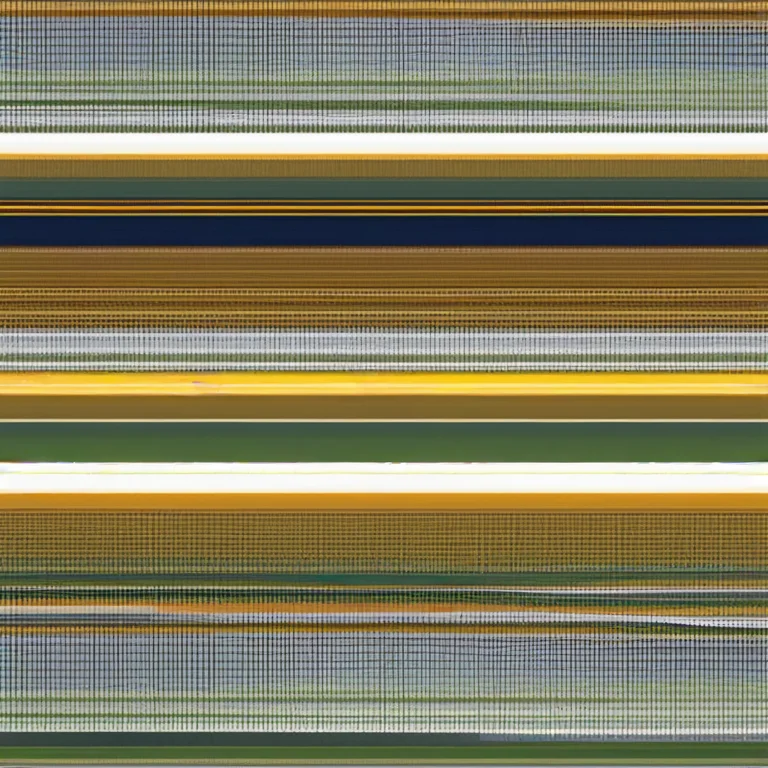
The Skepticism Surrounding Palmistry
Despite its historical significance and popularity, palmistry faces heavy skepticism from the scientific community. Critics argue that the lack of empirical evidence and reproducible results challenge the practice's credibility. The scientific method demands consistent, observable, and measurable data, which palmistry often fails to provide. Moreover, skeptics highlight the Forer effect – a psychological phenomenon where individuals believe vague, general statements to be highly accurate for them personally, which is a common critique against various forms of divination, including palmistry.
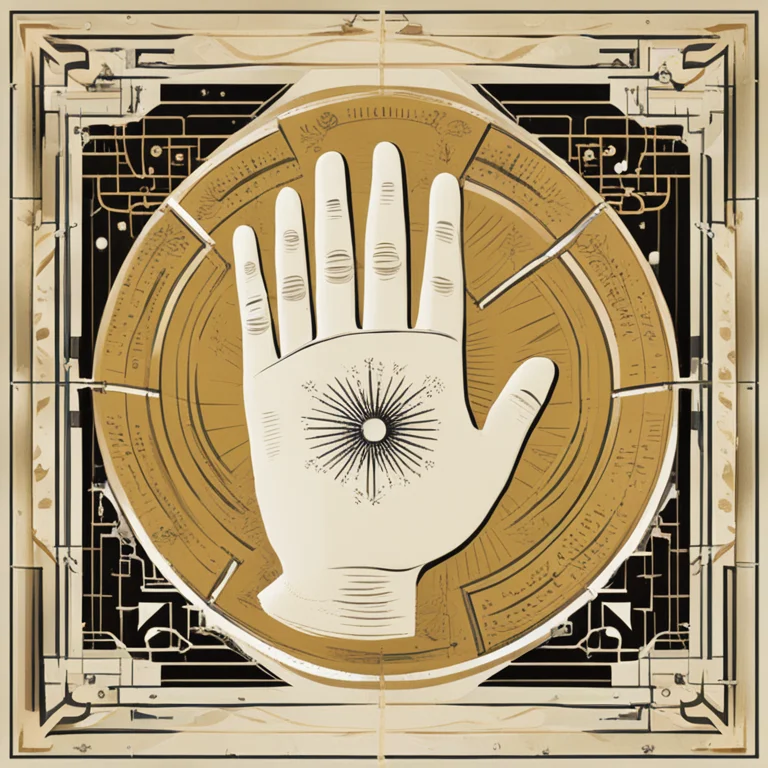
A Balance Between Belief and Evidence
For many, palmistry remains a tool for introspection rather than a strict roadmap of destiny. People might find that the act of having their palm read offers a reflection, helping them to contemplate life choices and personal challenges. In this light, palmistry serves more as a therapeutic framework, akin to narrative therapy or other psychological methodologies that use storytelling to provide insight. However, the inherent subjectivity of this practice means it can never claim the objectivity that comes with scientific rigor.

Cultural and Personal Acceptance of Palmistry
Cultural attitudes towards palmistry vary greatly across the globe, with some societies embracing it as part of their spiritual traditions while others dismiss it outright. In the age where personal development and spirituality intermingle, palmistry retains a certain allure. The digital age has amplified accessibility to divination practices, with apps and online readings broadening their reach. In 2024 and beyond, the personal value individuals find in palmistry may continue to foster its survival, irrespective of scientific validation.
The Future of Palmistry in a Hi-Tech World
As our world embraces AI, big data, and augmented reality, the practice of palmistry also experiences a transformation. Some innovators seek to merge traditional palm reading principles with technological advancements, offering algorithm-driven analyses of palm images. This amalgamation could potentially standardize readings and reduce subjective interpretations. However, the question of whether this technological evolution can substantiate palmistry's claims remains a topic for further exploration and debate.
Published: 1/11/2024
Modified: 1/11/2024
More predictions
Come back here soon to learn more about yourself and your future

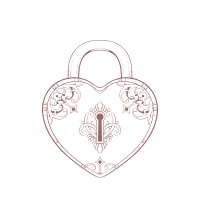
Guide to Palm Reading: Lines and Interpretations
Discover the ancient art of palmistry with our concise guide to reading palms and understanding their meaning for life and personality insights.
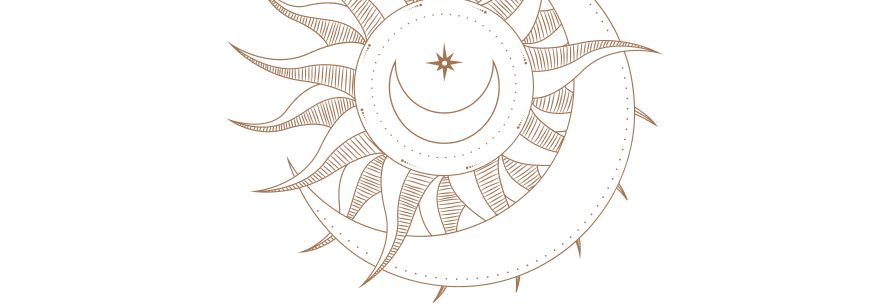

The Secrets of the Jupiter Mount & Palmistry
Discover the significance of the Jupiter Mount in palm reading and how it reflects your leadership and ambition.